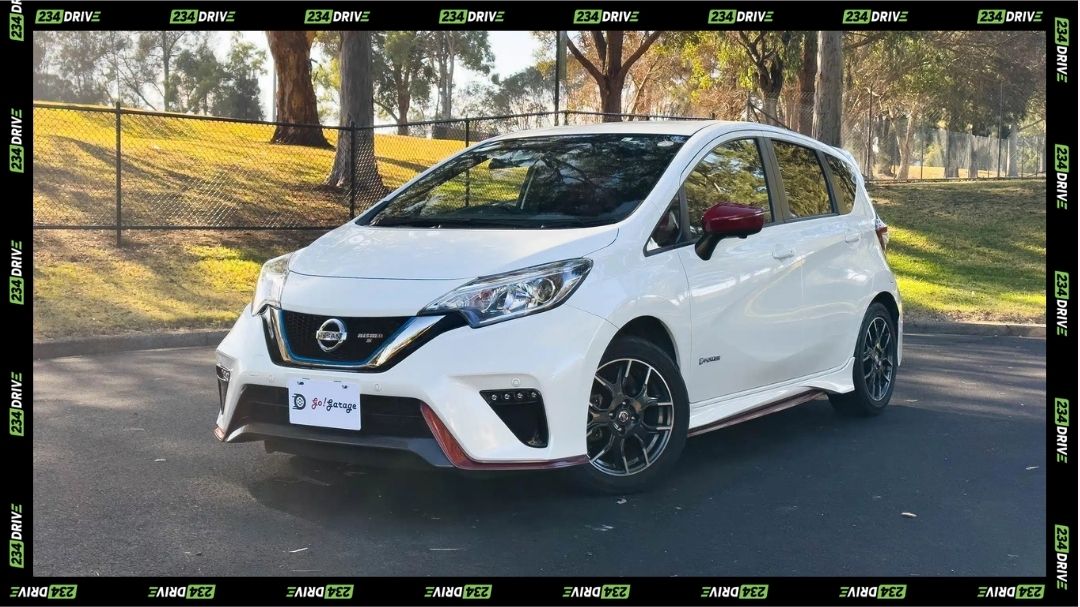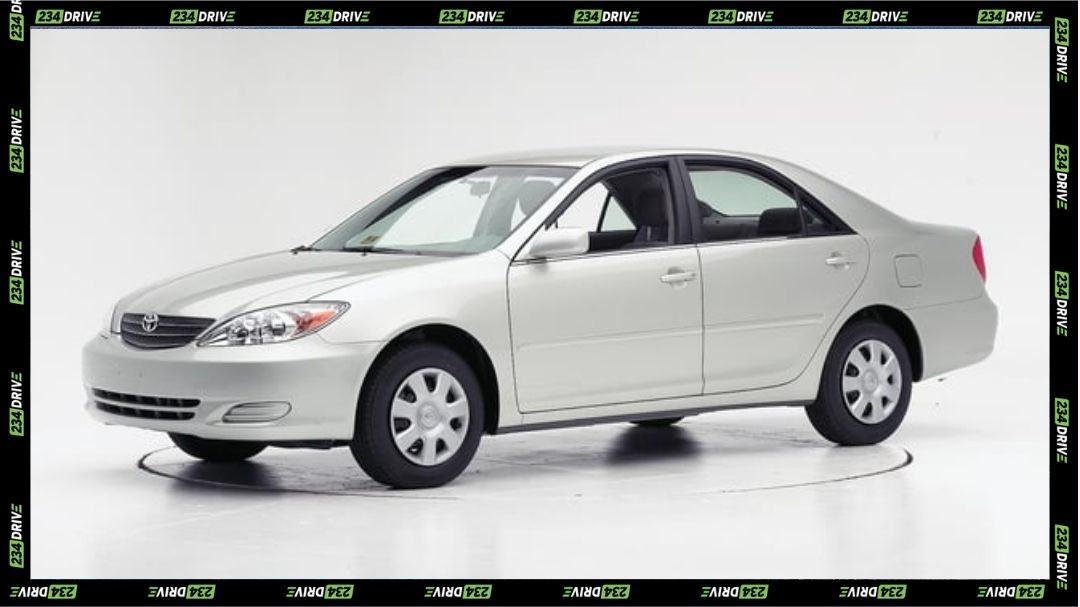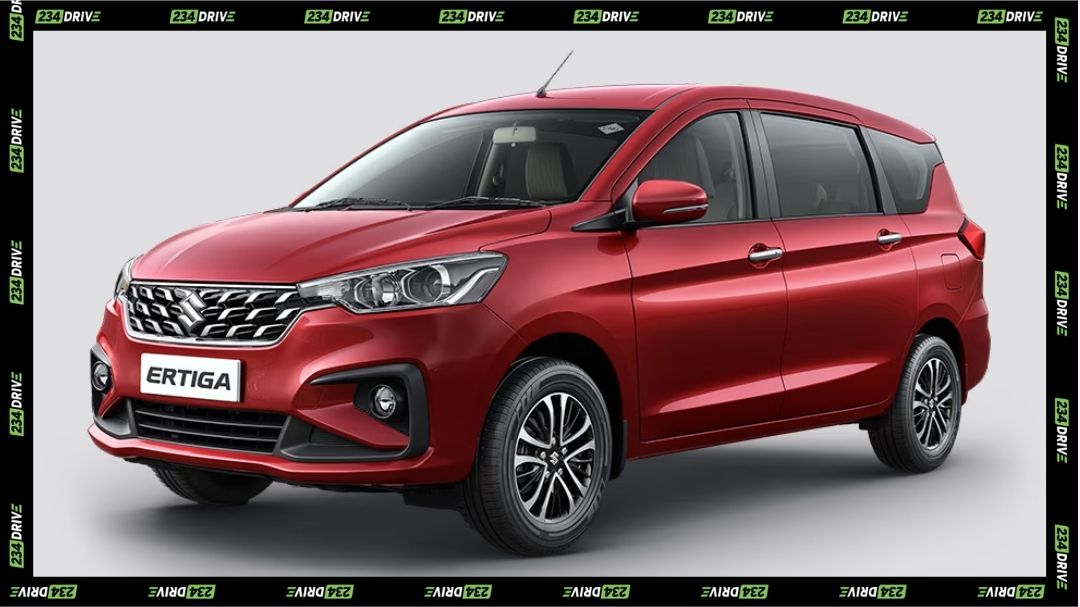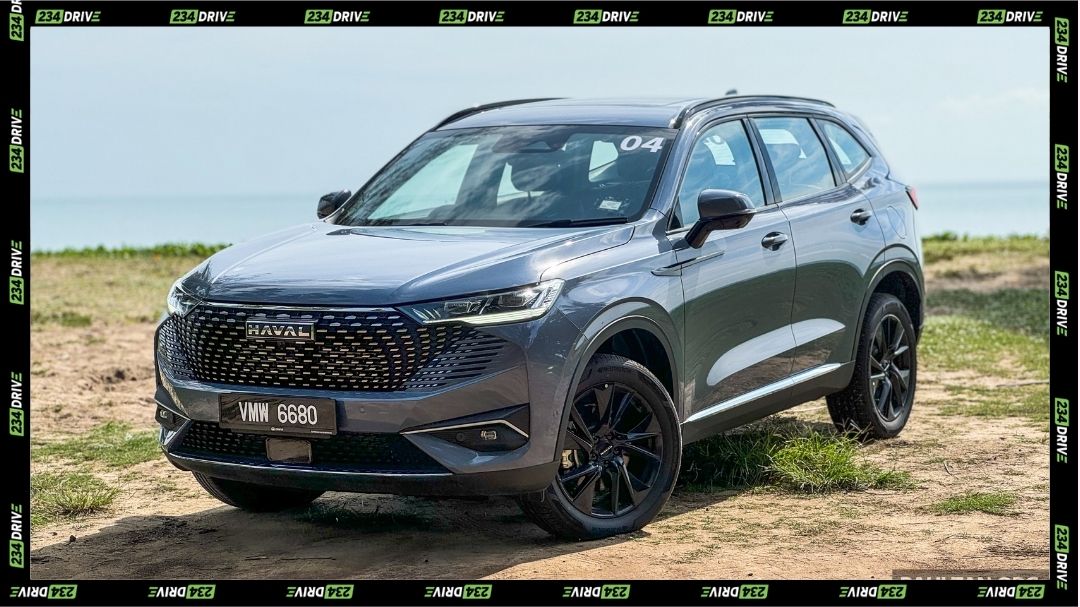Few cars hold as much sentimental and cultural weight in Nigeria as the Volkswagen Beetle. Known locally as the “Ijapa” or “Ajapa”—Yoruba words for tortoise—the Beetle became synonymous with reliability, simplicity, and affordability from the 1970s through the 1980s. Its sturdy frame, air-cooled engine, and easy-to-maintain design made it a natural fit for Nigeria’s roads, cementing its place as a household name.
Though global production of the Beetle officially ended in 2019, its legacy continues to thrive. From the classic models once assembled in Lagos to modern imports of the third-generation Beetle, this compact icon remains a symbol of accessible motoring and enduring design. In this review, we explore the different generations of the Beetle, focusing on their design, performance, and lasting relevance in Nigeria’s automotive landscape.
Most Common Version in Nigeria
The classic Volkswagen Beetle, locally assembled at the Volkswagen of Nigeria (VON) plant in Lagos between 1975 and 1988, remains the most widespread version across the country. Based on the original Type 1 design, these models featured 1300cc, 1500cc, or 1600cc air-cooled engines. Simple but effective, they offered a blend of durability and affordability that appealed to millions of Nigerians. A new Beetle cost around ₦3,908 in 1982, making it one of the most accessible cars of its time.
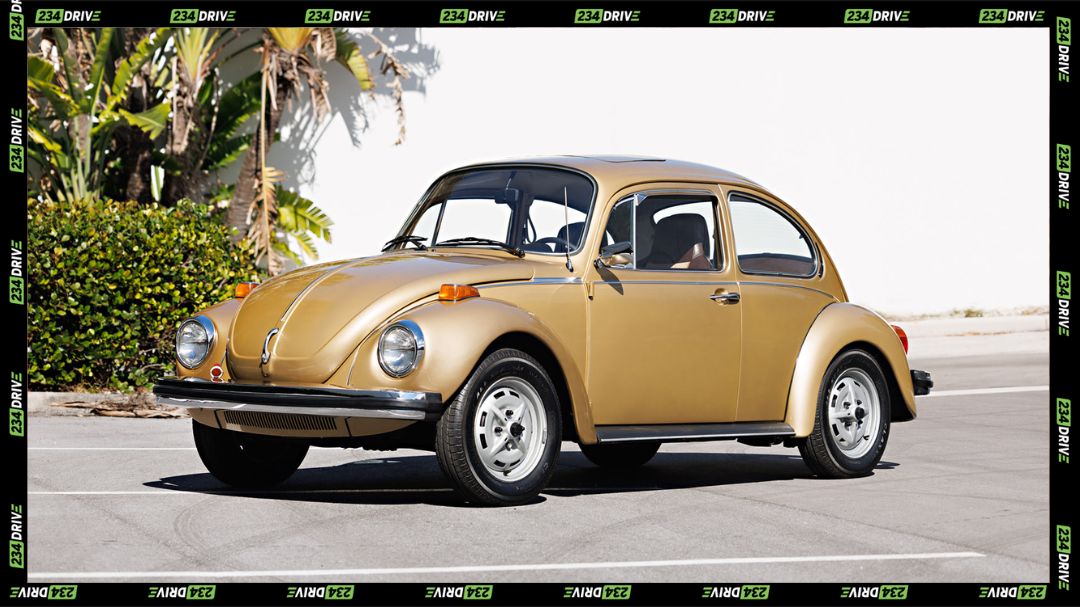
Exterior Design and Styling
The original Type 1 Beetle’s charm lies in its simplicity. The design—rounded fenders, compact body, and distinctive curved roofline—was functional and easily recognisable. Built for longevity rather than luxury, its small stature and high ground clearance allowed it to handle uneven Nigerian roads with relative ease. Many models were painted in vibrant colours that stood out against the country’s dusty terrain, giving the Beetle a cheerful presence despite its modest build.
Interior Comfort and Performance
Inside, the Beetle reflected practicality. The dashboard was minimal, with simple gauges and manual controls. Its bench-style seating and spacious rear compartment made it surprisingly roomy for its size. Performance-wise, the 1300cc and 1600cc air-cooled engines delivered 44-50 horsepower, enough for everyday commutes. With a top speed of around 95 km/h, drum brakes, and torsion-bar suspension, it prioritised reliability over speed. Maintenance was easy and inexpensive, contributing to its longevity across generations.
The 2019 Volkswagen Beetle (A5 Generation)
The last production model of the Beetle, released in 2019, marked the end of an era. Modernised yet respectful of its roots, this third-generation model was built with performance, safety, and design sophistication in mind. Prices for Nigerian imports hover around ₦21.9 million, reflecting its premium positioning.
Exterior Design and Styling
The 2019 Beetle carries a sleeker, sportier appearance. Measuring 168.8 inches long and 71.9 inches wide, it features LED taillights, body-coloured bumpers, and 16-inch alloy wheels. The classic curved silhouette remains, but it now flows with sharper lines and a lower stance, giving it a stronger road presence. The blend of retro cues and modern finishes creates a look that balances nostalgia with contemporary flair—ideal for city drivers who appreciate heritage design.
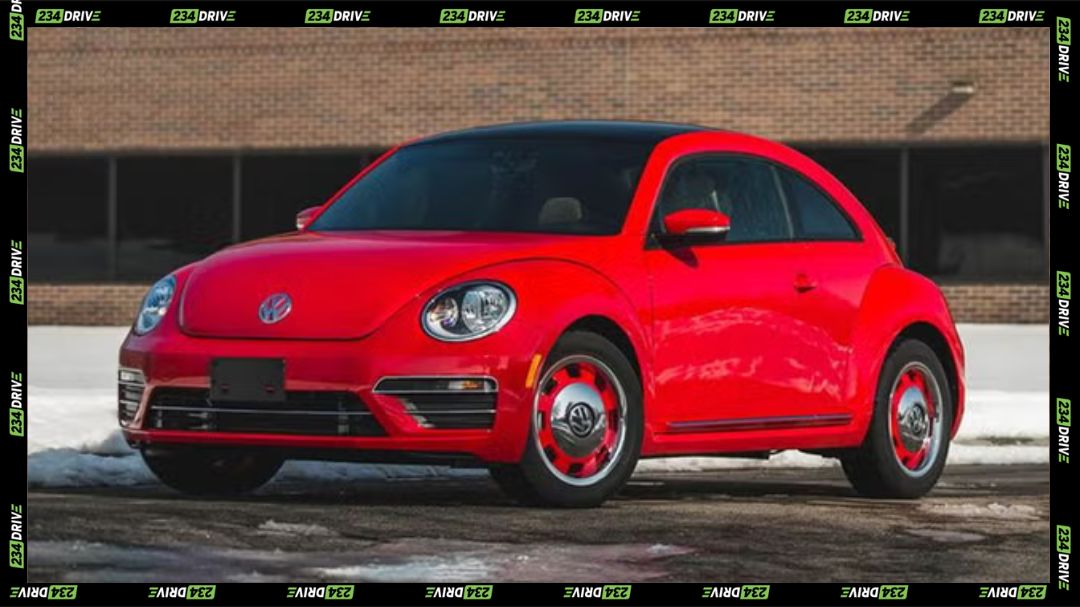
Interior Comfort and Performance
Inside, the 2019 Beetle offers an 85.1-cubic-foot cabin with leather-wrapped steering, a 5-inch touchscreen display, and ambient lighting. The seats are upholstered in high-quality fabric, and its layout maintains a driver-centric focus. Powered by a 2.0L turbocharged inline-four engine producing 174 horsepower and 184 lb-ft of torque, the Beetle delivers a 0-60 mph time of roughly 7 seconds. It achieves an impressive 29 mpg combined fuel economy, backed by a six-speed automatic transmission and multi-link rear suspension for improved handling.
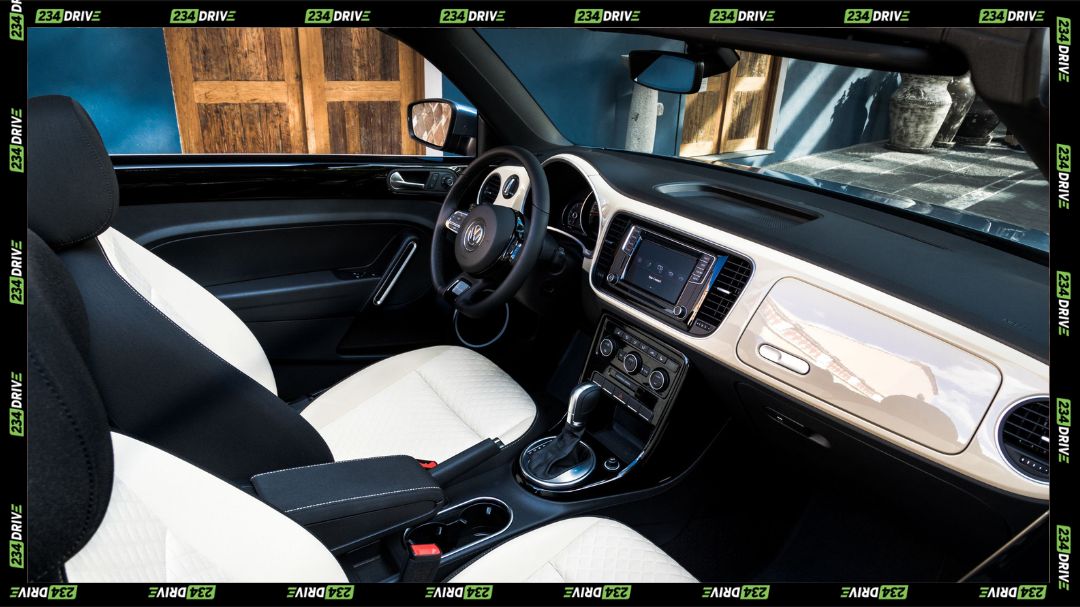
The New Beetle (1998–2011)
The second generation, widely known as the New Beetle, brought the model into the modern era while retaining its beloved rounded form. While not officially assembled in Nigeria, imported versions became popular among enthusiasts and urban professionals seeking a blend of style and practicality.
Exterior Design and Styling
The New Beetle’s design softened the edges of the original, producing a more aerodynamic look with smooth, flowing lines. Its rounded headlights, compact size, and familiar roofline paid homage to the classic shape, while integrated bumpers and flush door handles added modern refinement. Measuring just over 4,080 mm in length, it maintained manoeuvrability ideal for tight urban spaces.
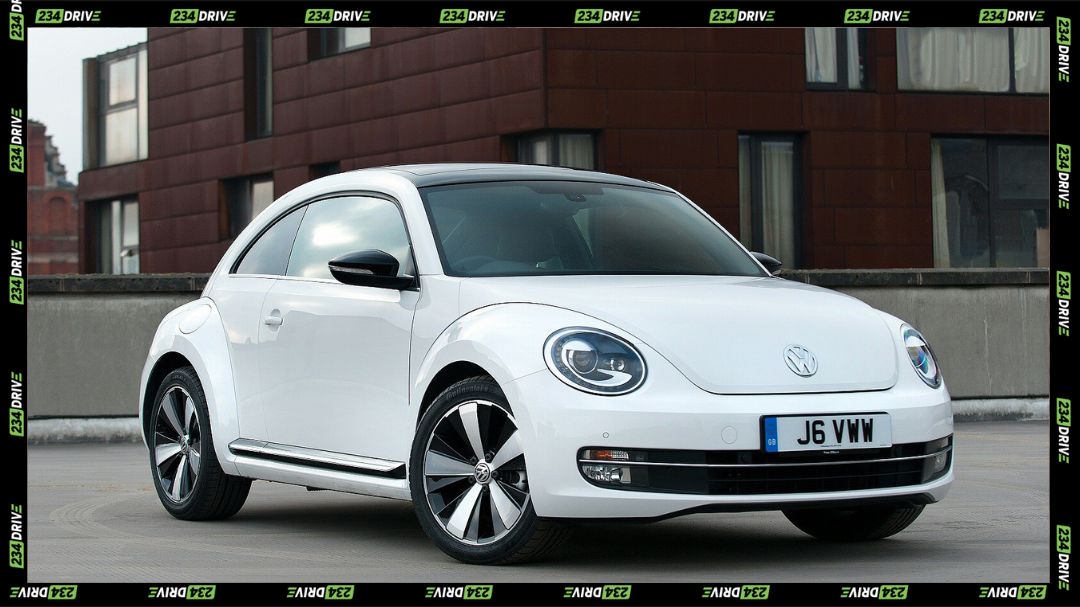
Interior Comfort and Performance
Inside, this generation marked a leap in comfort. Ergonomic seats, improved cabin insulation, and high-quality materials elevated the driving experience. Engine options ranged from 115 to 150 horsepower, featuring both naturally aspirated and turbocharged variants. With top speeds up to 180 km/h and better braking systems, it was significantly more capable than its predecessor. Features such as ABS, stability control, and air conditioning became standard, signalling the Beetle’s transition from a simple commuter car to a more refined daily driver.
Relevance in Nigeria’s Driving Environment
Nigeria’s driving conditions—ranging from congested city streets to rural dirt roads—favour vehicles that balance toughness and simplicity. The classic Beetle’s air-cooled engine is ideal for such environments because it eliminates the need for a radiator and reduces the risk of overheating. Parts are also widely available and affordable, a major advantage in regions with limited dealership support.
In contrast, newer Beetles, while more advanced, demand specialised maintenance and higher fuel quality. Urban drivers in Lagos or Abuja may appreciate the 2019 Beetle’s modern tech and comfort, but rural users still gravitate towards the older Type 1 for its rugged reliability and ease of repair. In a climate where road infrastructure can vary widely, the original Beetle’s resilience continues to make it an enduring favourite.
Comparison with Rivals
In its prime, the original Beetle competed with vehicles like the Peugeot 504, Toyota Corolla, and Datsun 120Y. It stood out for its compact design, lower price, and low-cost maintenance. Though it lacked the speed and comfort of its rivals, its long-term durability gave it a strong resale value and loyal following. Even today, well-kept Beetles maintain collector appeal, often commanding higher resale prices relative to similar-era sedans.
The 2019 Beetle, meanwhile, competes with models such as the Mini Cooper and Fiat 500. While not as performance-oriented as the Cooper, it offers a smoother, more refined driving experience. Maintenance costs are higher, but its fuel economy and build quality justify the premium. The New Beetle sits between the two—more affordable than the A5 but offering enough comfort and tech to attract buyers seeking a stylish compact with reliable German engineering.
Conclusion
From its humble beginnings as a locally assembled people’s car to its evolution into a global design icon, the Volkswagen Beetle’s journey in Nigeria mirrors the nation’s own automotive story. The classic remains beloved for its affordability, ruggedness, and nostalgic charm, while newer generations appeal to modern tastes with enhanced safety, efficiency, and comfort.
Though production officially ended in 2019, the Beetle’s presence on Nigerian roads—and in the hearts of enthusiasts—remains strong. Whether as a collector’s gem or a dependable daily driver, the Beetle stands as a symbol of endurance and timeless design. What are your thoughts on the Beetle’s legacy? Would you choose the classic Ijapa or the modern turbocharged variant for today’s roads?


